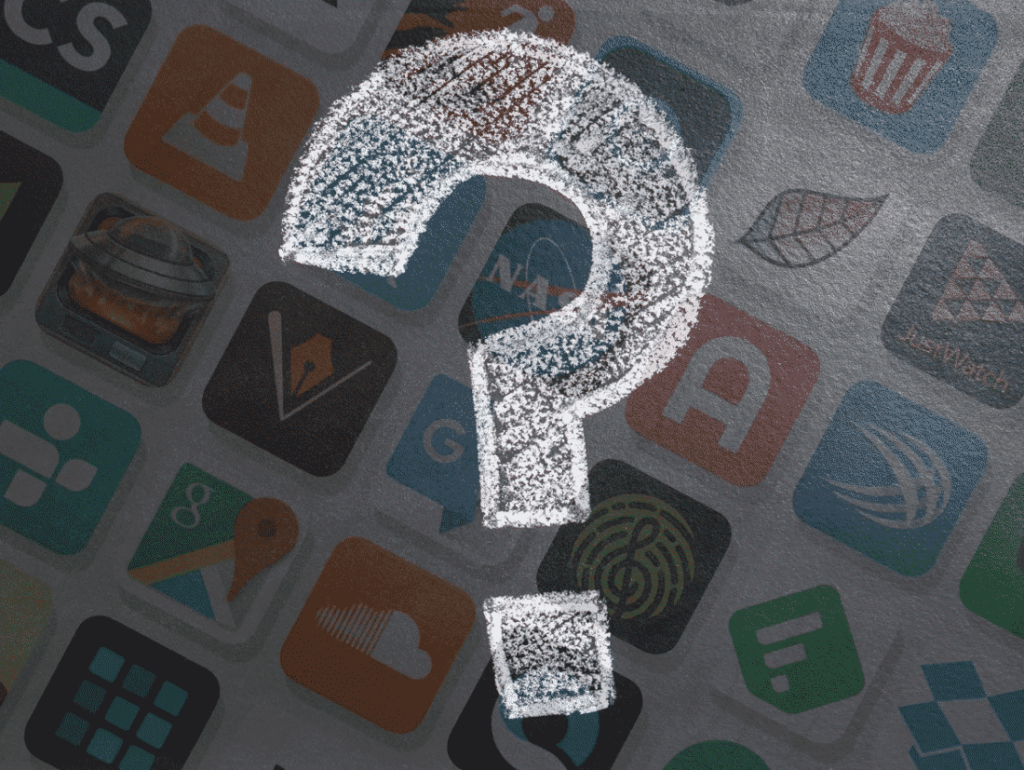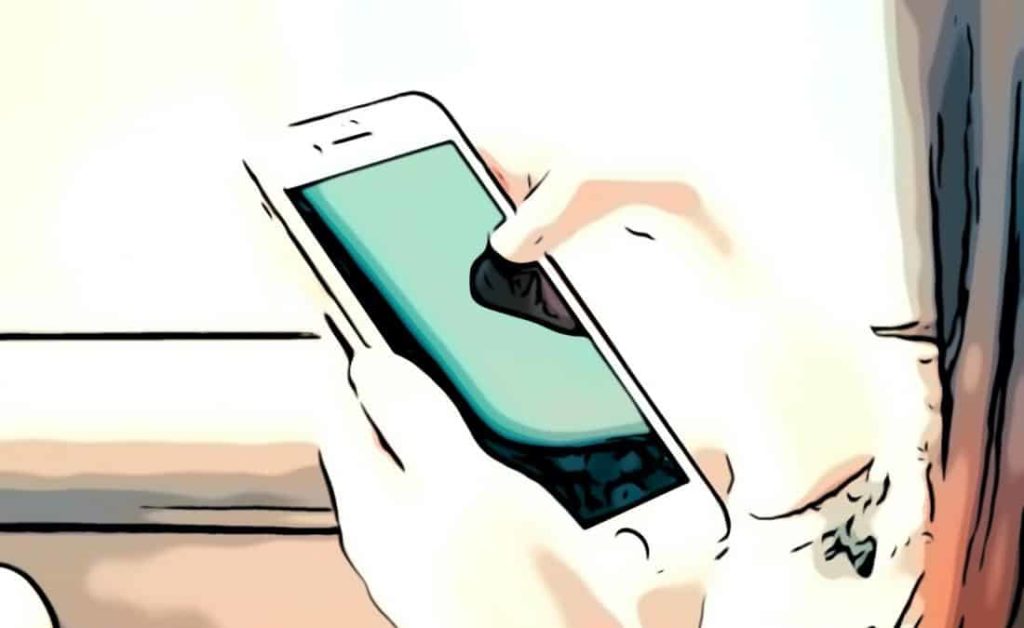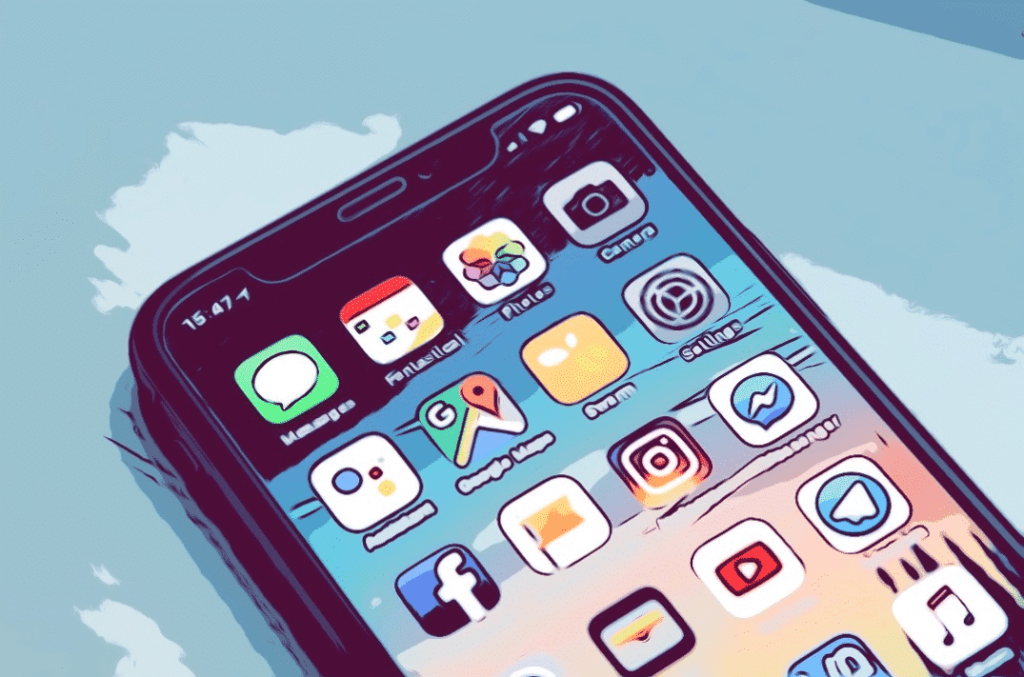What makes the best push notifications? There are many push notification best practices guides out there. We ask – what can really make the difference for developers when sending push notifications?
Most push notification strategies assume that all push notifications are created equal. They view a push notification almost as a psychological trick. One that aims to get the user to look at their phone and see what they have to offer.

This may well be the case. But what happens when you take a closer look at push notifications and app engagement? You might find that the trick is not a realistic option if you want to sustain mobile growth and engagement.
Take a look at any push notification enabled vs app retention charts. You’ll see that retention is always higher when push is enabled than disabled. But there’s something here that nobody ever talks about. Nobody mentions that both of those lines trend downwards at almost exactly the same rate.
So, when it comes to engagement were as bad at sending push notifications as we are at not sending them.
That’s because the standard push notification is a ploy. Perhaps your user will fall for it, but they won’t make the same mistake twice. This is why you need to think carefully about your mobile app engagement strategy. You must ensure that app engagement improves through value and great user experience.
Don’t think of your push notification strategy as a tool to grab your users attention. Think of a push notification as a tool to deliver value to your audience. Provide them with true value and engagement and retention will follow. Your users are not dogs – they won’t chase every stick that you throw their way.
Push notifications must be reliable – your users have to trust your app communication. If you want engaged users then you’ll have to create an engagement strategy that your users rely on. Not one that is reliably annoying.
That means you’ll need to personalize your push notification message strategy.
Table of Contents
What do we mean by personalized app push notifications?
A personalized push notification is a powerful method of app communication. It doesn’t mean just putting a user’s name in the push notification. Personalized mobile push notifications are personal in the sense that they provide value for the app user.
It’s about solving problems for the user at the right moment, right from the lock screen. Instead of delivering a push notification that drifts into the notification center and is never seen again.
Developers should send push notifications in these personal moments. Nurturing engaged and appreciative users are much more beneficial to a mobile app. Trying to grab a user’s attention with aggressive and unpersonalized push notifications is not.
You can achieve personalized push notifications in a cross platform push user experience. Personalization is not limited to Android push notifications or iOS push notifications.
When should you send push notifications to your users?
The truth is that there is not a concrete answer to this. The question that you should be asking is why should you send push notifications to your users?
The answer to this is also complex. It provides better insights into your user’s psychology. This is helpful to understand how to best personalize your push notifications.
Why would a user want a personalized notification at a specific moment? Once you start to ask yourself this question you’re beginning to look at the value that your app provides.
Let’s look at this in a specific example. Say you have a recipe app and you’d like to improve engagement with mobile push notifications.
Rather than asking when or how many mobile push notifications you should send, ask why.
The answer for when might be between 4-7pm. That’s the normal time that your users might be thinking of what to have for dinner. It seems reasonable to throw them a stick (push notification) during this period.
But there’s a subtle difference between when and why that helps you understand user psychology. In this case, why would users want you to send them a push notification? Well, now you’re starting to think about what it is that your app provides to users, and how they will find it useful.
The answer might be – to communicate a recipe idea when they are in a store and lacking inspiration.

Identify this and you’re doing much more than guessing and attempting to engage with a stick. No, you’re personalizing the mobile push notification message to the user’s situation. Guess what – that will have an invaluable effect on app engagement.
How you can implement the why
This requires some technical skills to personalize push notifications to this level. But a simple and effective way to personalize push notifications is with location. Adding location to push notifications helps add relevancy to the push notification strategy.
In the example above this notification is sent when the user is inside a specific store. This can even be a or specific type of store.
A location is a powerful tool for personalization of push messages. It’s where you start to provide high value for your users.
There are many solutions to add location to your push notification strategy. You can do this with some push platforms. But it doesn’t stop here. You must also realize that you’ll need to test and measure your push notifications as well.
Test and test again – use data to understand your results
A single human is pretty bad at predicting what personalization looks like to your users. That means that it will take a few different people or attempts to answer the question of why. Even then, you might not get it right.
So, you’ll need a local notification platform that allows in-depth insights on smaller user segments first and then get in-depth insights on engagement.
Use this data to answer why you should be sending push notifications. Insights on location and app engagement can be effective in understanding user psychology. Be prepared to be shocked. Your previous understanding of how users use your app could be shattered.
But that’s not necessarily a bad thing. The point is you’ll be closer to providing high-value, relevant mobile app communication. This will come in the form of helpful push notifications.
Grow your app with Tamoco
James is the head of marketing at Tamoco




Leave a Reply